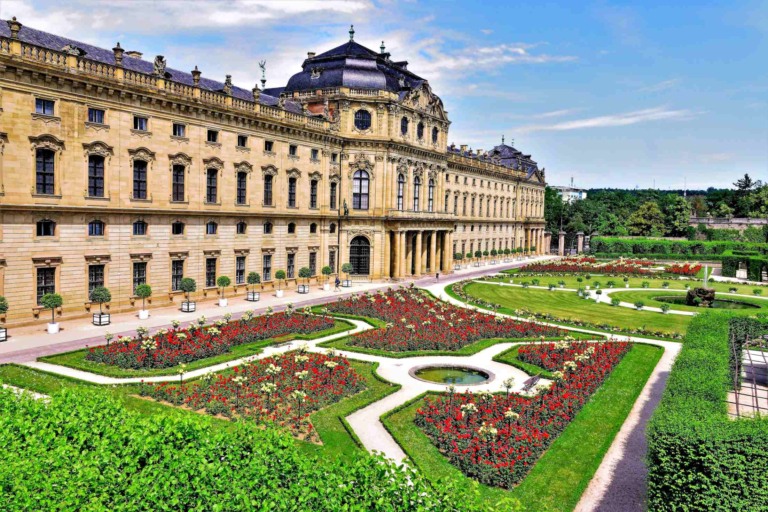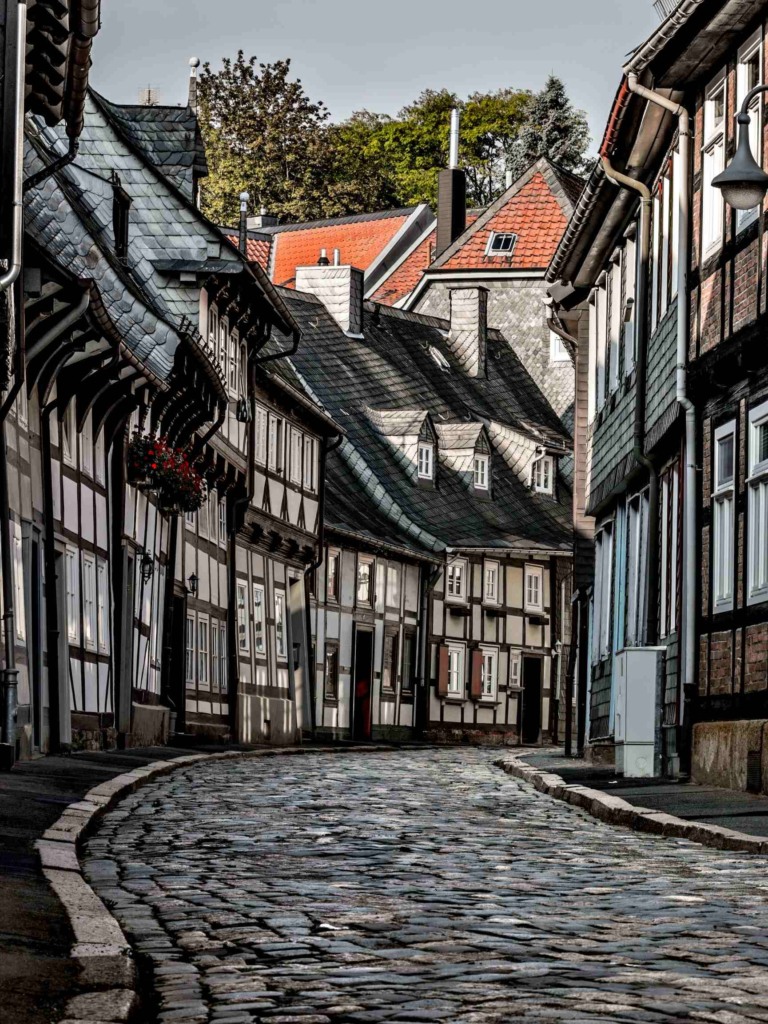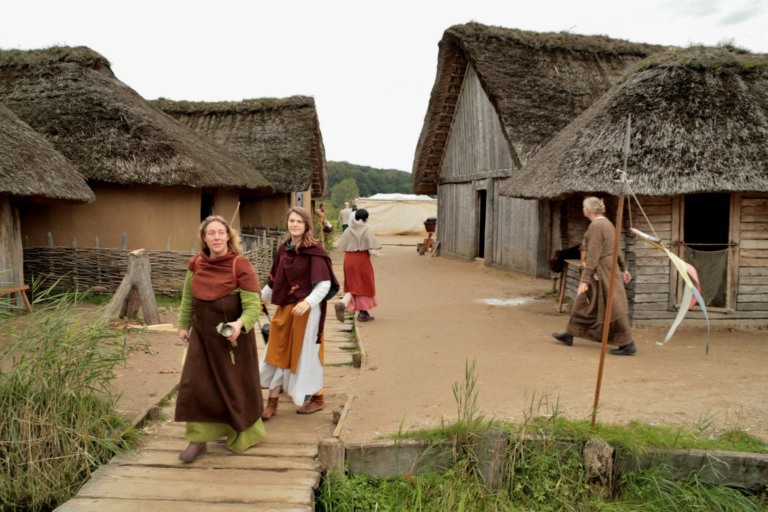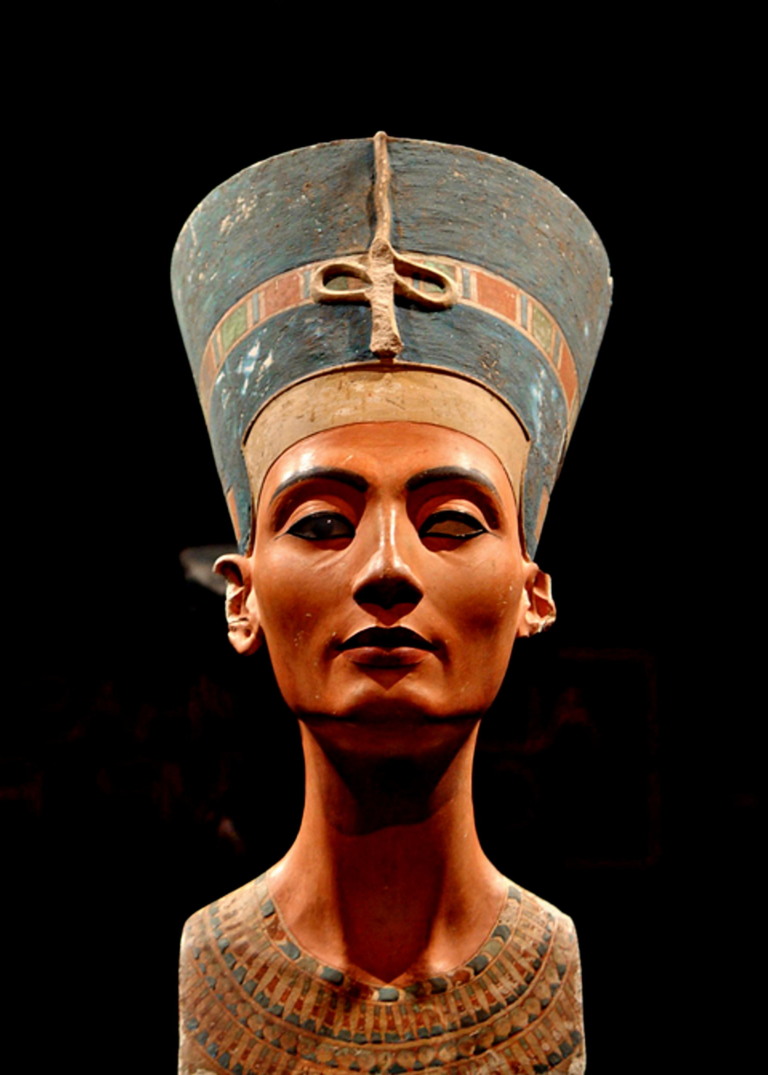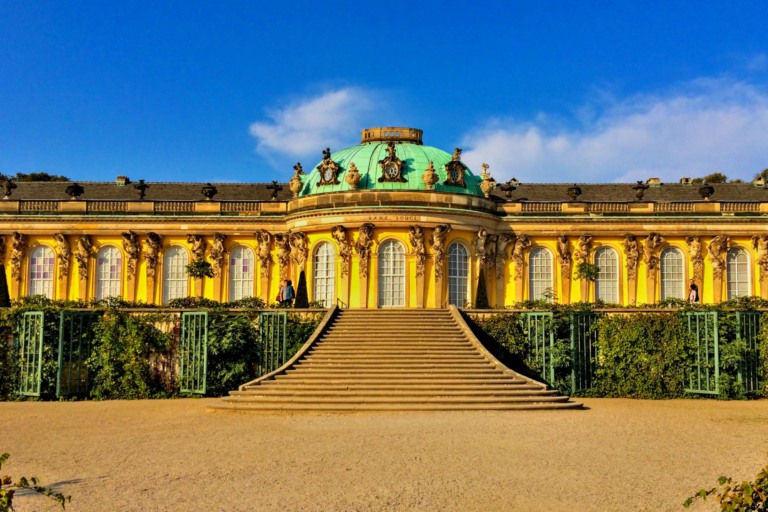Bauhaus Sites Weimar Dessau Bernau: The Bauhaus and its Sites in Weimar, Dessau, and Bernau are UNESCO World Heritage Sites in Germany. They consist of six separate sites that are closely associated with the famous Bauhaus art school, which had a significant impact on modern architecture, design, and art.
Bauhaus and its Sites in Weimar Dessau and Bernau
The Bauhaus, founded in 1919 by Walter Gropius, was a revolutionary institution that sought to unite art, craft, and technology in a functional and aesthetic manner. The designation of these sites as World Heritage Sites took place in two stages. In 1996, the first four sites were recognized, and here is some information about each of the sites:
Bauhaus Campus Weimar
1. Bauhaus Campus, Weimar: This is the original location where the Bauhaus school was founded in 1919. The Bauhaus Museum in Weimar houses a significant collection of Bauhaus artifacts, including furniture, artworks, and architectural models. It includes several buildings, such as the main school building, the former Academy of Fine Arts, and the Haus am Horn.
Haus am Horn
2. Haus am Horn: Located in Weimar, this house was built as a demonstration project for the Bauhaus Exhibition. Constructed in 1923, the Haus am Horn is a showcase house designed by Georg Muche and Adolf Meyer. It showcases the innovative ideas and design principles of the Bauhaus movement.
Bauhaus Building and the Masters’ Houses
3. Bauhaus Building and the Masters’ Houses (Dessau): The Bauhaus Building in Dessau, designed by Walter Gropius and completed in 1926, served as the main campus for the school during its most influential years. It is an iconic example of modernist architecture, characterized by clean lines, geometric forms, and functional design. The nearby Masters’ Houses were residences for influential Bauhaus masters such as Walter Gropius, Wassily Kandinsky, and Paul Klee.
The Meisterhäuser
4. The Meisterhäuser: This complex in Dessau consists of houses designed by Gropius for the Bauhaus masters, including himself, Oskar Schlemmer, and Laszlo Moholy-Nagy. These houses reflect the concept of the artist as a “master craftsman.” In 2017, two additional sites were added to the World Heritage List.
The Laubenganghäuser
5. The Laubenganghäuser: The Laubenganghäuser are located in Dessau; these apartment buildings were built to provide housing for Bauhaus students. Also known as the Houses with Balcony Access, these apartment buildings were designed by Hannes Meyer and Hans Wittwer. They feature a unique design with elevated walkways (laubengangs) connecting the units and shared facilities.
ADGB Trade Union School in Bernau bei Berlin
6. The ADGB Trade Union School in Bernau bei Berlin: Designed by Hannes Meyer and Hans Wittwer, this school building was completed in 1930. It represents the progressive architectural and pedagogical ideas of the Bauhaus during its later years. This site was added to the World Heritage List in 2017 as a significant example of the school’s concept of functionalist architecture applied to an educational institution.
Bauhaus UNESCO Sites Heritage Traveling
These six sites collectively represent the innovative ideas, design principles, and architectural legacy of the Bauhaus movement, which had a profound influence on modern design and continues to inspire artists and designers worldwide. Heritage travel to the Bauhaus UNESCO Sites in Germany offers a unique opportunity to explore the birthplace of the influential Bauhaus movement and gain insights into its revolutionary ideas and artistic expressions. Here’s a suggested itinerary for visiting these sites:
Weimar
Begin your journey in Weimar, where the Bauhaus was founded in 1919. Start with a visit to the Bauhaus Campus, which includes the main building and the Bauhaus Museum. Explore the exhibits that delve into the school’s history, philosophy, and innovative approach to art, design, and architecture. Next, head to Haus am Horn, a short distance from the campus. Take a guided tour of this experimental house, which showcases Bauhaus principles and design concepts.
Dessau
Travel to Dessau, the city where the Bauhaus relocated in 1925. Begin your exploration at the Bauhaus Dessau building, the iconic headquarters of the school. Explore its functional, minimalist design and learn about the educational methods implemented here. Continue your visit by exploring the nearby Meisterhäuser, where the Bauhaus masters resided. These houses offer insights into their daily lives and their contributions to the Bauhaus movement. Also, don’t miss the Laubenganghäuser, the apartment buildings designed for Bauhaus students. Witness the practical implementation of Bauhaus ideals in affordable housing.
Bernau bei Berlin
Finally, make your way to Bernau bei Berlin to visit the ADGB Trade Union School. This building represents the later phase of the Bauhaus under the direction of Hannes Meyer. Take a guided tour to appreciate its functionalist architecture and its integration of educational and communal spaces. Throughout your journey, immerse yourself in the spirit of the Bauhaus movement.
Observe the clean lines, geometric forms, and functional aspects that define Bauhaus design. Pay attention to the use of materials, colors, and the overall harmony between form and function. To enhance your experience, consider attending workshops, exhibitions, or events organized at these sites. Engaging with contemporary interpretations of the Bauhaus legacy can deepen your understanding of its influence on modern design and creativity.
Remember to check the opening hours and availability of guided tours in advance, as they may vary throughout the year. Additionally, some sites may require advance reservations due to their popularity. By visiting the Bauhaus UNESCO Sites in Germany, you’ll gain a deeper appreciation for the groundbreaking ideas and enduring legacy of the Bauhaus movement and witness firsthand the sites that shaped the course of modern art, design, and architecture.

